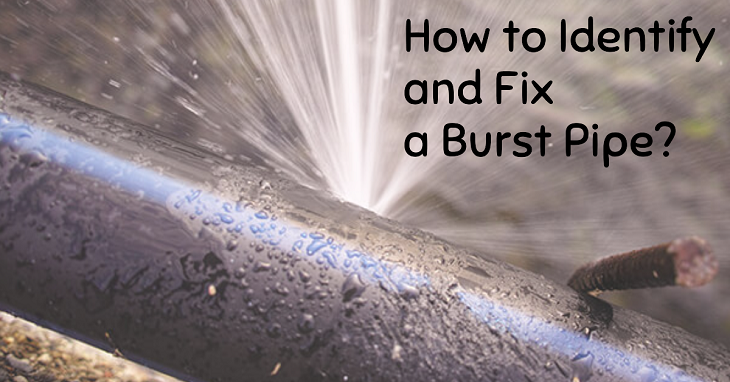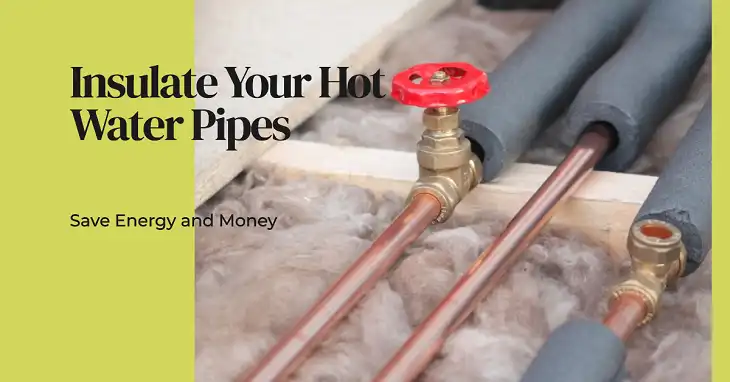SDR 35 vs Schedule 40: Which Pipe System is Right for Your Home?

When it comes to pipe systems, choosing the right material and grade is crucial for the durability and effectiveness of your project. Two commonly compared types of PVC pipes are SDR 35 and Schedule 40. Understanding the differences between them, including their design, strength, and application, is important for making the right choice for your specific needs.
In this article, we’ll take a deep dive into SDR 35 vs Schedule 40, exploring their differences in terms of thickness, pressure ratings, applications, and durability.
What is SDR 35?
SDR stands for Standard Dimension Ratio, a term used to describe the relationship between the wall thickness and diameter of a pipe. Specifically, SDR 35 means that the ratio of the outside diameter of the pipe to the wall thickness is 35:1. This type of pipe is typically made from PVC (Polyvinyl Chloride) and is designed for low-pressure applications like drainage or sewer systems.
Key Features of SDR 35:
- Wall Thickness: SDR 35 pipes have thinner walls compared to Schedule 40. The wall thickness varies with the diameter, but as a general rule, larger SDR numbers mean thinner walls.
- Pressure Rating: SDR 35 pipes are rated for lower pressure applications. Typically, they can handle pressures up to 46 psi (pounds per square inch).
- Typical Applications: These pipes are mainly used in sewer lines, stormwater systems, and drainage systems where the need for high-pressure resistance is minimal. They are ideal for gravity-fed systems.
What is Schedule 40?
Schedule 40 refers to the standard wall thickness of a PVC pipe that remains relatively consistent, regardless of the pipe’s diameter. Schedule pipes are classified based on their wall thickness, and Schedule 40 pipes are known for their stronger and thicker walls.
Key Features of Schedule 40:
- Wall Thickness: Schedule 40 pipes have a thicker wall compared to SDR 35. The wall thickness is more uniform, providing greater structural integrity.
- Pressure Rating: These pipes can handle higher pressure, with a rating of about 120–140 psi, depending on the pipe’s size.
- Typical Applications: Schedule 40 pipes are used in plumbing systems, high-pressure water lines, and industrial settings where pressure and mechanical strength are key considerations.
SDR 35 vs Schedule 40: Key Differences
To better understand how these pipes compare, let’s break down the key differences between SDR 35 and Schedule 40 pipes:
| Feature | SDR 35 | Schedule 40 |
| Wall Thickness | Thinner | Thicker |
| Pressure Rating | ~46 psi | ~120-140 psi |
| Application | Sewer, Drainage Systems | High-Pressure Systems |
| Cost | Lower | Higher |
| Durability | Lower under high pressure | Higher, even under pressure |
| Flexibility | More Flexible | Less Flexible |
| Typical Diameter Sizes | 4”-15” | ½”-24” |
As you can see, SDR 35 is designed for applications where flexibility and lower pressure are the priorities, while Schedule 40 is suited for projects that require greater strength and higher pressure ratings.
Which is Stronger: SDR 35 or Schedule 40?
When it comes to strength, Schedule 40 is significantly stronger than SDR 35. The thicker walls and higher pressure rating make it suitable for demanding applications, especially in commercial plumbing and industrial piping systems. For example, a Schedule 40 pipe with a 2-inch diameter can handle pressures up to 280 psi, while an SDR 35 pipe of the same size will only manage around 46 psi.
If your project involves handling pressurized fluids or underground systems that might experience movement or external pressure, Schedule 40 is the more reliable option.
Where Should You Use SDR 35?
SDR 35 pipes are the go-to option for gravity-fed systems, such as sewer lines, storm drains, and septic systems. They are also preferred in situations where you don’t need to worry about high pressures but still require a material that can withstand corrosion, especially in environments where chemical runoff might be a concern.
Since SDR 35 pipes are lighter and more flexible, they can accommodate minor ground shifts without cracking or breaking, making them excellent for applications in residential and light commercial drainage.
Example Use Case:
In a typical residential sewage system, SDR 35 pipes are laid underground to transport waste to a septic tank or municipal sewer system. Since these systems operate by gravity, there’s no need for pipes that can handle high pressure. The lighter and thinner SDR 35 pipes fit the bill perfectly.
Where Should You Use Schedule 40?
Schedule 40 pipes excel in high-pressure applications and areas where the pipe needs to withstand external force or ground shifts. These pipes are frequently used in pressurized water systems, industrial piping, and plumbing systems that handle potable water.
They are also more rigid and durable, making them ideal for areas where ground movement could otherwise cause thinner pipes to crack or break.
Example Use Case:
For a water supply system in a commercial building, Schedule 40 pipes are often chosen because they need to withstand high water pressure and potential shocks from fluctuating usage rates.
Cost Comparison: Is SDR 35 or Schedule 40 More Affordable?
When comparing the cost of SDR 35 vs Schedule 40, SDR 35 pipes are generally more affordable due to their thinner walls and lower manufacturing costs. On average, you might expect to pay about 20–30% less for SDR 35 pipes than for Schedule 40.
For large-scale projects, this difference can be significant. For example, a 100-foot length of 4-inch SDR 35 pipe may cost around $300, while the same length of Schedule 40 pipe might run closer to $450 or more, depending on the location and supplier.
If your project doesn’t require the added strength of Schedule 40, SDR 35 can offer a more cost-effective solution.
Durability: Which Pipe Lasts Longer?
In terms of durability, both SDR 35 and Schedule 40 pipes are made of PVC, which is known for its long lifespan and resistance to corrosion, chemicals, and degradation. However, Schedule 40 pipes are generally considered more durable in high-stress environments because of their thicker walls and greater resistance to pressure and impact.
That being said, in applications where the pipes are not under pressure and are used in gravity-fed systems, SDR 35 pipes can last just as long as Schedule 40 pipes. Both types can easily last 20 to 50 years or more, depending on environmental conditions.
Flexibility: Can SDR 35 Pipes Bend?
Another factor to consider is the flexibility of the pipes. SDR 35 pipes are more flexible than Schedule 40 due to their thinner walls. This flexibility can be beneficial in applications where the pipes need to conform to slight shifts in the ground or accommodate slight curves in installation.
In contrast, Schedule 40 pipes are more rigid, making them less adaptable to changes in the environment but sturdier against pressure or weight.
Which One Should You Choose?
Ultimately, the choice between SDR 35 and Schedule 40 comes down to the specific requirements of your project.
- If you’re working on a low-pressure drainage or sewer system, SDR 35 offers a more cost-effective and flexible solution.
- If you need pipes that can withstand higher pressure or you’re working in a high-stress environment, Schedule 40 is the better choice, offering greater durability and strength.
Choosing the right pipe will depend on factors like budget, pressure needs, and the environment where the pipes will be installed. Understanding these differences can help ensure you make the most informed decision for a successful and long-lasting project.






